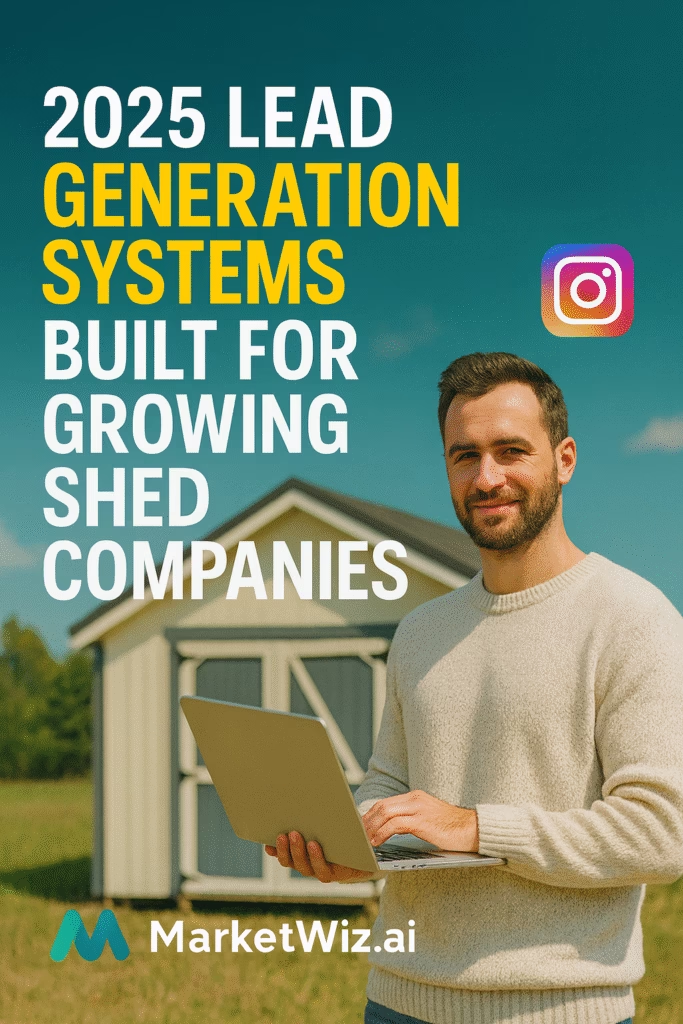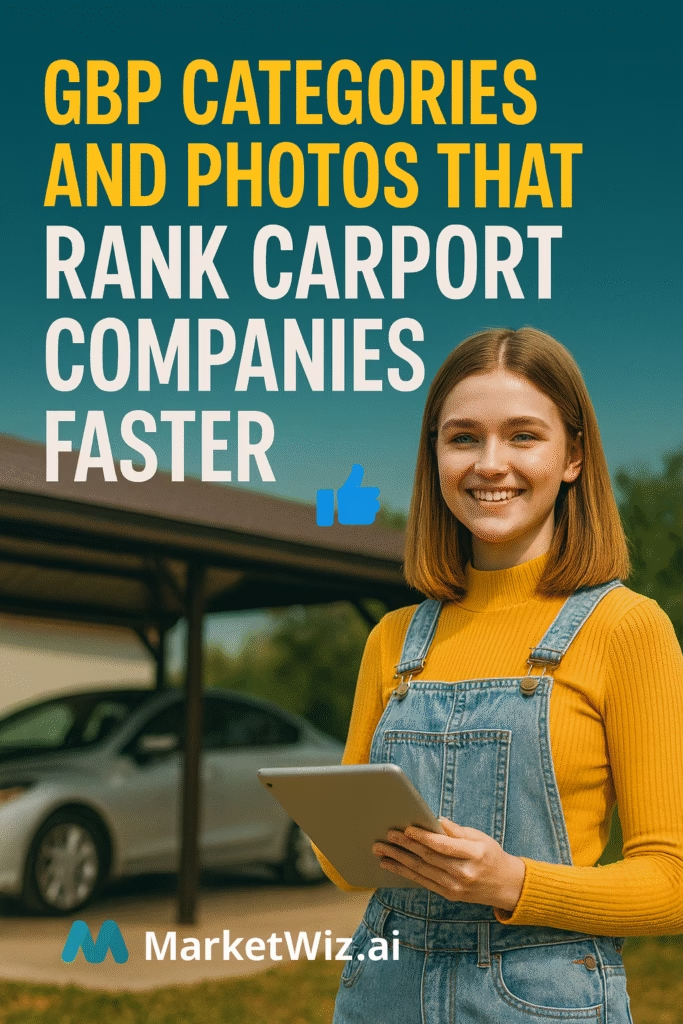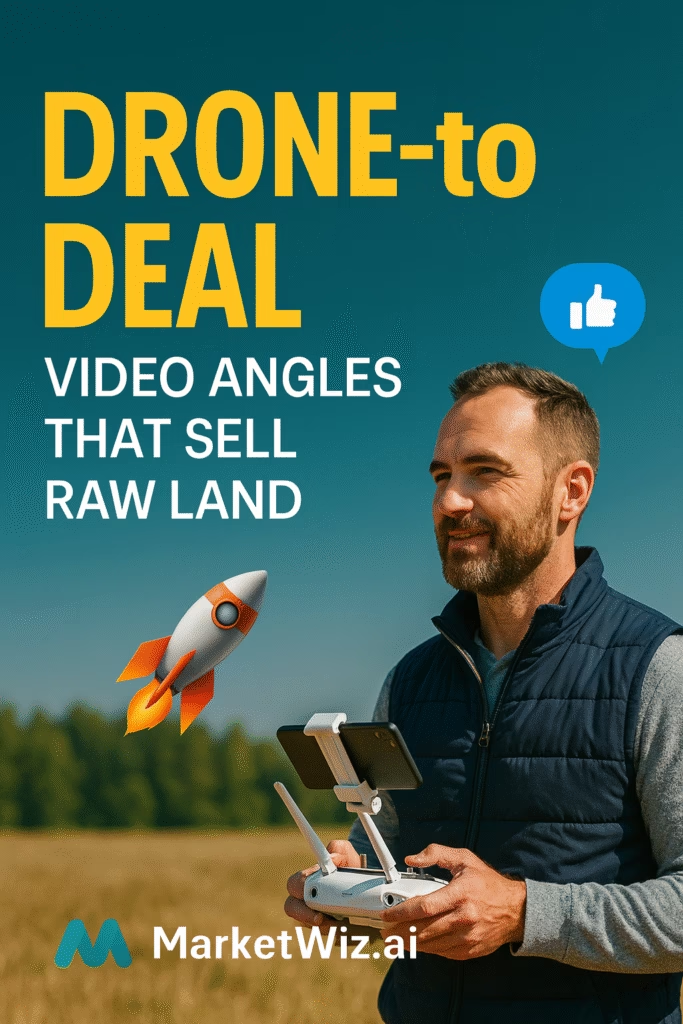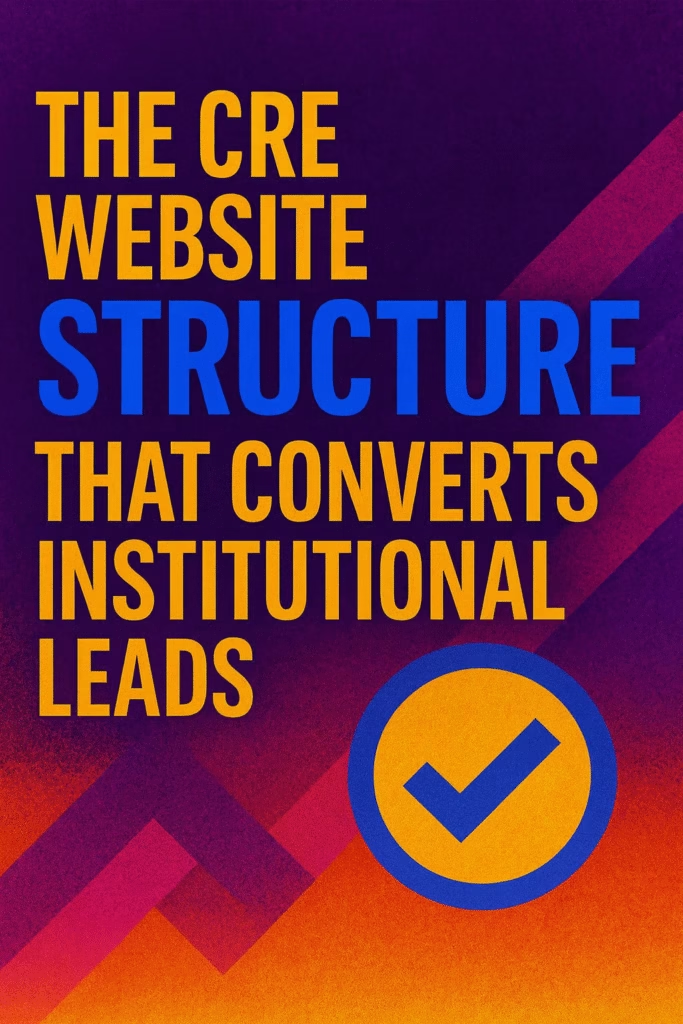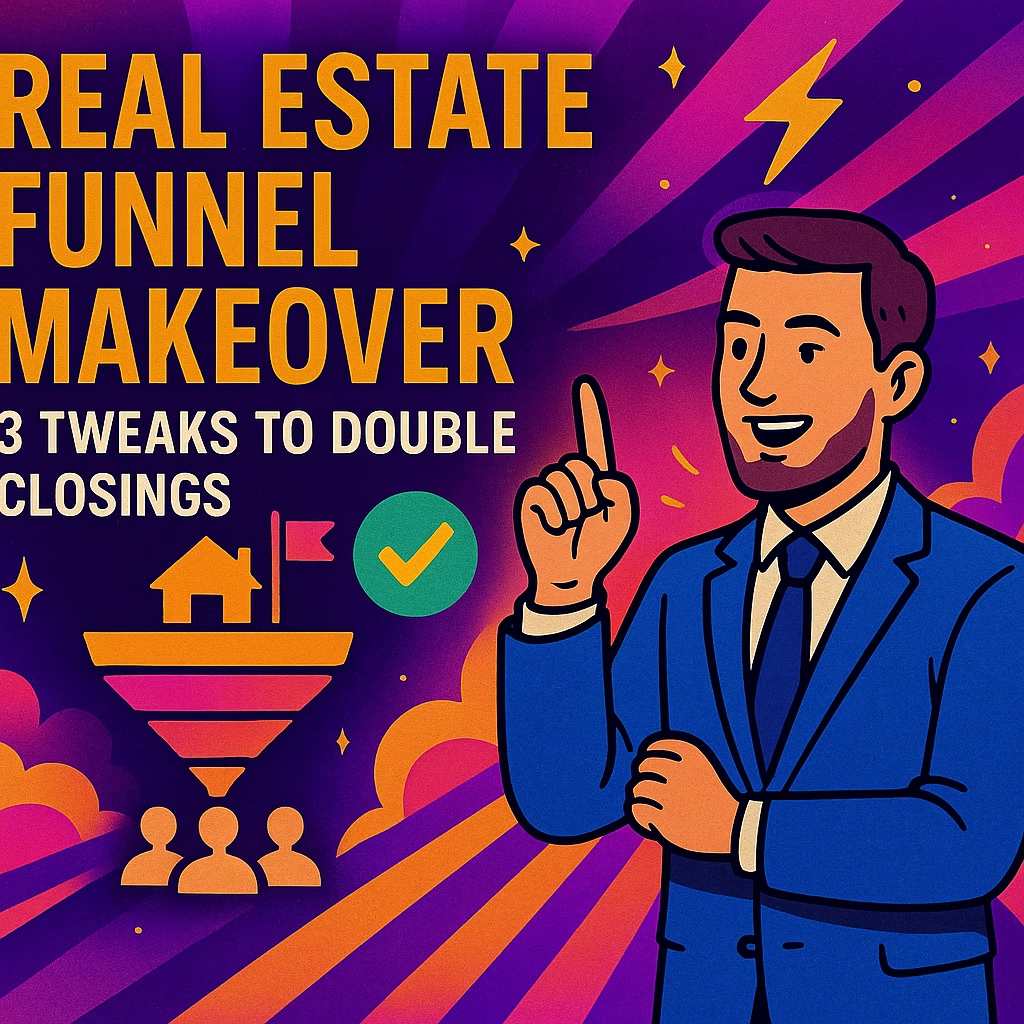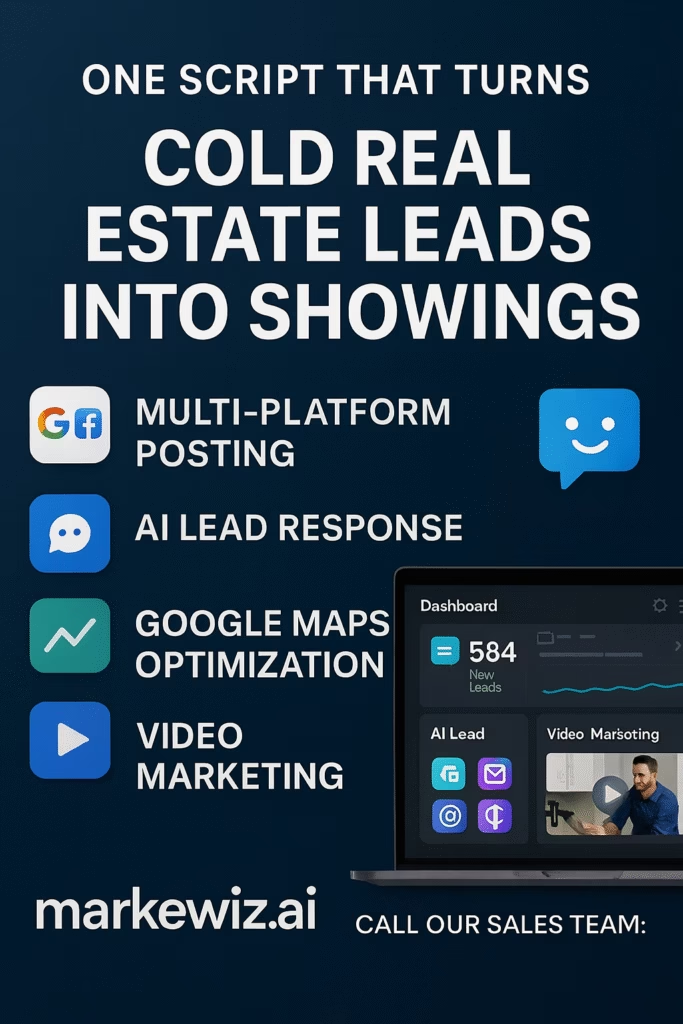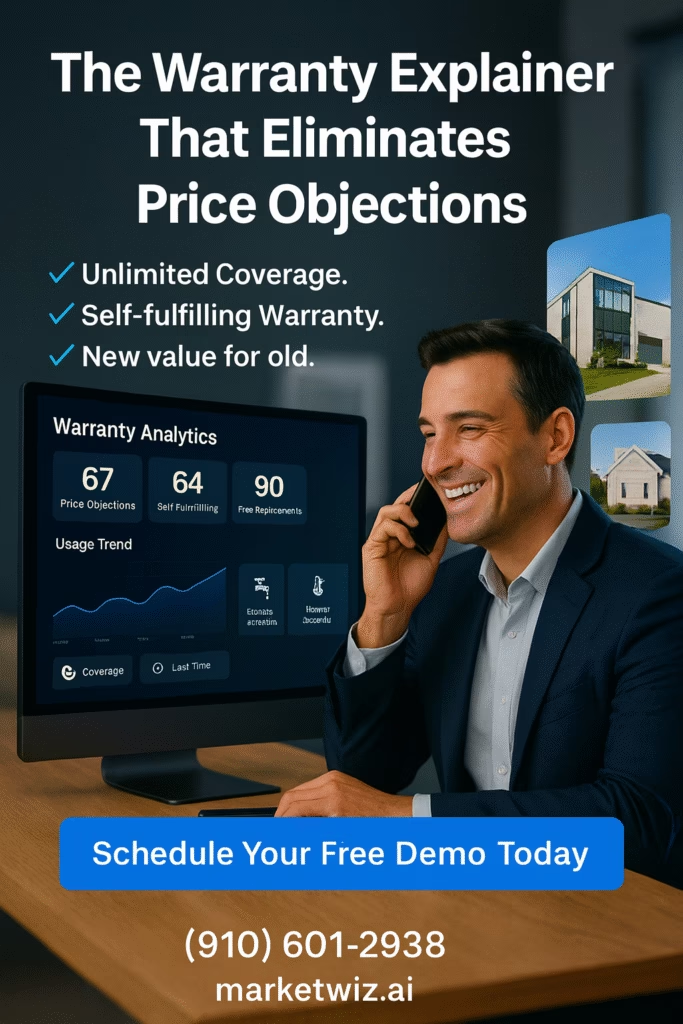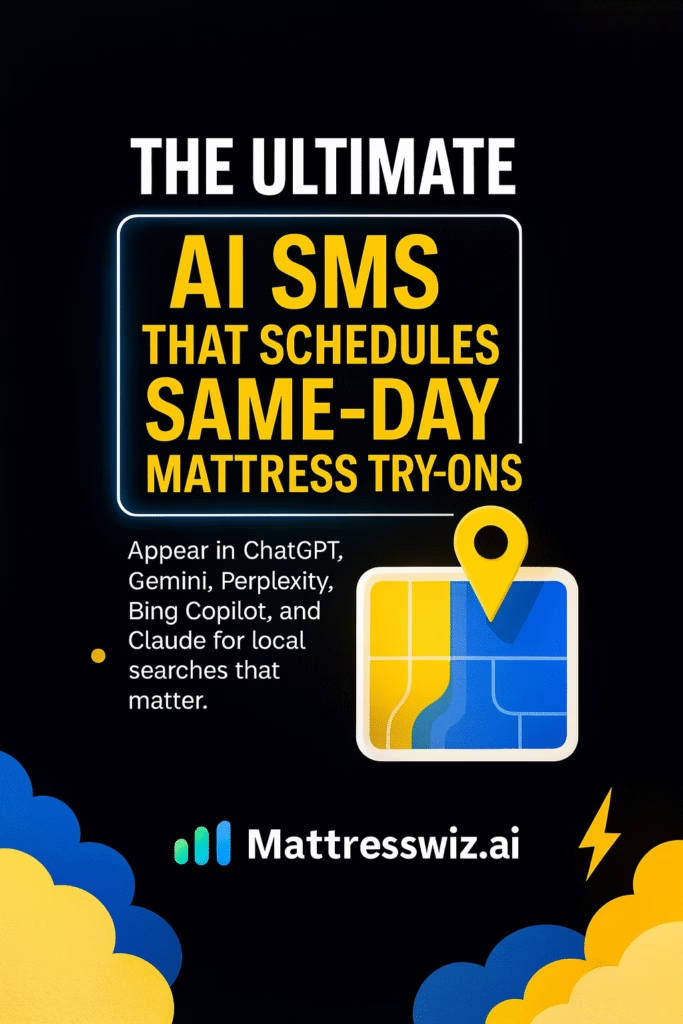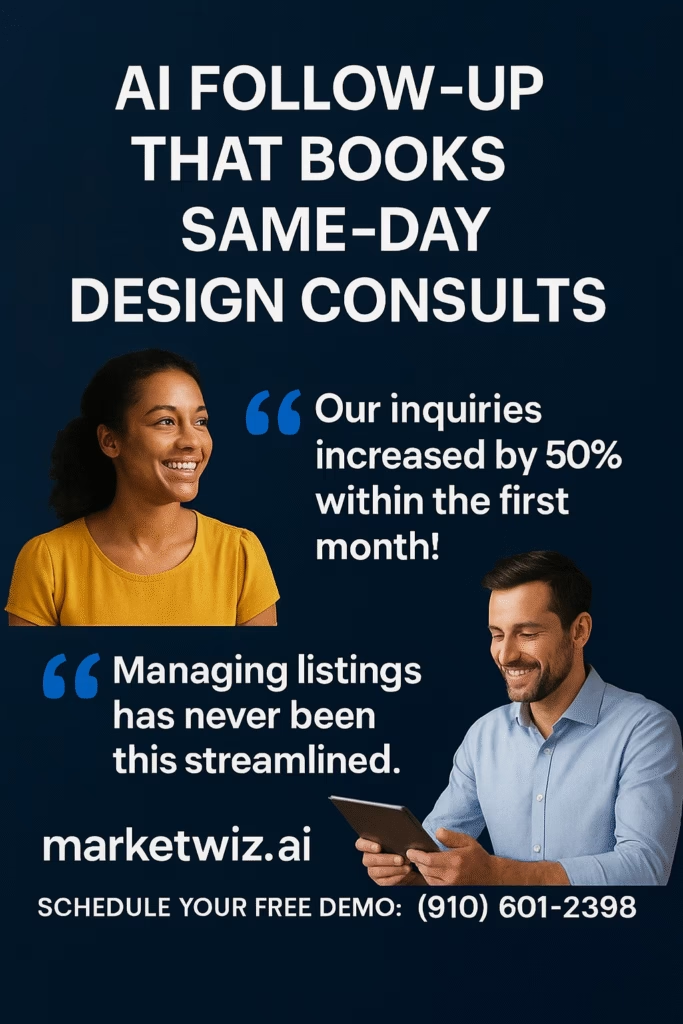2025 Lead Generation Systems Built for Growing Shed Companies
2025 Lead Generation Systems Built for Growing Shed Companies
Turn local attention into booked design consults and signed orders with an offer‑led, proof‑rich, automation‑ready system.
Introduction
2025 Lead Generation Systems Built for Growing Shed Companies starts with one promise: make it faster for buyers to see a shed they love, check delivery windows, and book a design consult—without haggling. This playbook covers offer architecture, the channels that pull, the follow‑up that closes, and the KPIs that keep your team honest.
Compliance: Use your legal business name, avoid false scarcity, obtain consent for SMS/email, and confirm local permit/HOA rules before promising timelines.
Expanded Table of Contents
- 1) Why “2025 Lead Generation Systems Built for Growing Shed Companies” Works
- 2) Offer Architecture: Free Design + Delivery Window Check
- 3) Google Business Profile: Categories • Products • Photos
- 4) Marketplace Posts That Filter Price‑Shoppers
- 5) Short‑Form Video: Inventory Walks That Ring Phones
- 6) Configurator Micro‑Site: Options → Price Range → Lead
- 7) AI SMS Intake That Books Same‑Day Consults
- 8) Email Drips: Checklists, Color Charts, Delivery Windows
- 9) Booking Flow, Calendar, and No‑Show Insurance
- 10) Photo‑First Reviews Engine
- 11) Referral Partners: Contractors, Landscapers, HOAs
- 12) Financing Scripts That Protect Margin
- 13) CRM + Automation Stack
- 14) KPIs, UTMs & Dashboard
- 15) 30–60–90 Day Rollout Plan
- 16) Troubleshooting & Optimization
- 17) 25 Frequently Asked Questions
- 18) 25 Extra Keywords
1) Why “2025 Lead Generation Systems Built for Growing Shed Companies” Works
- Offer‑led: Buyers respond to clear, useful outcomes—design + delivery window—more than discounts.
- Proof‑dense: Photos and delivery videos prove quality and access; reviews erase doubt.
- Automation‑ready: AI SMS + calendar + CRM reduce lag so momentum becomes orders.
2) Offer Architecture: Free Design + Delivery Window Check
| Offer | What the Buyer Gets | CTA | Where to Use |
|---|---|---|---|
| Free Design Sketch | 1–2 mockups with size/roof/color | “Book a 10‑min design call” | GBP, Marketplace, Reels, site |
| Delivery Window Check | Earliest 2 slots this week | “Hold {Thu 3:10} or {Fri 10:40}” | SMS, email, site pop‑up |
| Pad Prep Guide | 1‑page checklist PDF | “Text ‘GUIDE’ for link” | Short‑form video captions |
| Warranty Explainer | Plain‑English coverage chart | “See why we don’t discount” | Quote emails, site FAQ |
3) Google Business Profile: Categories • Products • Photos
- Categories: Shed builder (primary), Portable building manufacturer, Storage facility (if applicable).
- Products: “8×12 Gable Shed,” “10×16 Lofted Barn,” “12×24 Cabin Shell,” add‑ons (ramp, windows, loft).
- Photos: Before/after pad prep, delivery and placement, color charts, interior loft, neighborhood context.
- Captions: {City} • {Month YYYY} • {Size} • {Roof} — Delivered {X} days from order.
4) Marketplace Posts That Filter Price‑Shoppers
Use a single post template with 8–10 photos and a pinned comment.
Pinned comment:
ZIP? Size (e.g., 10×16)? Roof (gable/lofted)? Color?
I can hold {Today 4:10} or {Tomorrow 9:40} for a quick design call + delivery window.
5) Short‑Form Video: Inventory Walks That Ring Phones
- Ten‑second “size parade” clips (8×12 → 10×16 → 12×24).
- Delivery/placement time‑lapses with access tips.
- Color swap reels: show 3 trims side‑by‑side.
6) Configurator Micro‑Site: Options → Price Range → Lead
| Step | Fields | Output | Next Action |
|---|---|---|---|
| Choose Size | Width/length/height | Base range | CTA: Hold a design call |
| Select Roof/Color | Gable/lofted • swatches | Updated range | Show delivery window |
| Add‑Ons | Ramps, windows, lofts | Final estimate band | Book consult |
7) AI SMS Intake That Books Same‑Day Consults
First Reply
Thanks for reaching out! Quick 60‑sec fit check:
1) ZIP 2) Size (e.g., 10×16) 3) Roof (gable/lofted)
I can hold {Today 4:20} or {Tomorrow 11:10} for a design call.Confirmation
Locked for {Thu 4:20}. You’ll get a calendar invite now.
Bring a photo of the spot + rough access width. Reschedule: {link}8) Email Drips: Checklists, Color Charts, Delivery Windows
- D1: Pad prep checklist + 60‑sec delivery video.
- D3: Color chart + 3 inventory highlights.
- D7: Warranty explainer + financing comfort ranges.
9) Booking Flow, Calendar, and No‑Show Insurance
- Two‑slot choice in SMS; link to calendar; auto .ics invite.
- Reminders T‑24h and T‑2h with reschedule link.
- Backup same‑day slots to catch momentum.
10) Photo‑First Reviews Engine
- Ask on delivery: QR card to GBP reviews.
- T+1h SMS: “Mind a quick photo review? It helps neighbors.”
- Highlight reviews with size, color, delivery time in captions.
11) Referral Partners: Contractors, Landscapers, HOAs
| Partner | What They Get | What You Get | Enablement |
|---|---|---|---|
| Fence/Deck Contractors | Referral stipend | Qualified yard owners | Card + QR + sample photos |
| Landscapers | Co‑marketing | Access to pad prep clients | Before/after kit |
| HOAs | Compliance guide | Warm approvals | PDF + contact form |
12) Financing Scripts That Protect Margin
For a {10×16 gable} most families pick ${X–Y}/mo with {term}.
We’ll match the build to the monthly comfort you choose. Want to see two options?13) CRM + Automation Stack
- Forms → CRM with UTM + source + transcript.
- AI SMS triage → calendar booking → stage update.
- Task rules: follow‑up in 24h if no quote; 7‑day nudge if no order.
14) KPIs, UTMs & Dashboard
Lead→Consult
≥ 35–55%
Consult→Quote
≥ 55–75%
Quote→Order
≥ 25–45%
Reply Time
≤ 5 minutes median
UTMs: utm_source=channel&utm_medium=shed_leadgen&utm_campaign=2025_{city} • Events: lead_submitted, sms_started, consult_booked, quote_sent, order_closed.
15) 30–60–90 Day Rollout Plan
Days 1–30 (Foundation)
- Publish offer stack site‑wide; enable AI SMS + calendar.
- Update GBP Products with size blocks; upload 3 photo batches/week.
- Launch Marketplace template with pinned comment.
Days 31–60 (Momentum)
- Ship configurator micro‑site and connect to CRM.
- Start 3‑email drip; record delivery/placement videos.
- Begin partner outreach (contractors/HOAs).
Days 61–90 (Scale)
- Prune under‑performing creatives; expand best sizes/colors.
- Add neighborhood pages with gallery embeds.
- Quarterly KPI review and budget reallocation.
16) Troubleshooting & Optimization
| Symptom | Likely Cause | Fix |
|---|---|---|
| High leads, low consults | No two‑slot offer; slow replies | Add SMS slots; set SLA ≤ 5 min |
| Consults, no orders | No delivery confidence | Show window checker + delivery video |
| Price pressure | Weak warranty story | Send warranty explainer + materials proof |
| Low GBP engagement | Stock images; vague captions | Real installs; add size/city/outcome |
17) 25 Frequently Asked Questions
1) What is “2025 Lead Generation Systems Built for Growing Shed Companies”?
An offer‑led system that turns attention into booked consults and signed orders with automation and proof.
2) Which sizes should be in Products?
8×12, 10×12, 10×16, 12×16, 12×24 as core; expand by demand.
3) Do I need to show prices?
Show ranges; exacts after site/permit checks.
4) What photos convert best?
Delivery/placement, pad prep before/after, interior loft, color chart, neighborhood proof.
5) How fast should we reply?
Under 5 minutes with AI SMS triage.
6) What about HOAs?
Collect notes at intake and offer a printable compliance guide.
7) Should we run ads?
Test small budgets on high‑intent audiences; scale winners only.
8) How many short‑form videos per week?
3–5, including one delivery clip.
9) Does email still work?
Yes—send checklists and color charts, not spam.
10) What calendar tool is best?
Any that issues .ics invites and SMS reminders reliably.
11) How do we track source?
UTMs on links; call tracking per channel.
12) Can we sell from Marketplace DMs?
Move to SMS quickly; post the two‑slot offer.
13) What scripts close fastest?
Design + delivery window + warranty explainer.
14) What about rent‑to‑own?
Use a separate script and clear terms pages.
15) Do yard signs help?
Yes—QR to configurator and a sample delivery video.
16) How do we reduce cancellations?
Set expectations on access width, pad, and timelines.
17) Should we use chat widgets?
Only if staffed; otherwise SMS intake performs better.
18) Are giveaways worth it?
Only if tied to consult bookings; avoid low‑intent email grabs.
19) What’s a good review goal?
30–60 new/month with ≥25% photo reviews.
20) How often to refresh creatives?
Quarterly, or monthly in peak seasons.
21) Do 3D tours help?
Yes for larger cabins; link from configurator.
22) Should we post prices in video captions?
Use ranges and a delivery window CTA.
23) How do we handle custom builds?
Book a longer consult and get site photos first.
24) Can we automate quotes?
Automate ranges; humans finalize specs and delivery.
25) First step today?
Publish the offer stack, enable AI SMS, and schedule three photo batches this week.
18) 25 Extra Keywords
- 2025 Lead Generation Systems Built for Growing Shed Companies
- shed company lead generation
- shed dealer marketing playbook
- shed configurator microsite
- shed google business profile
- shed marketplace messaging
- shed short form video ideas
- shed delivery placement video
- shed pad prep checklist
- shed warranty explainer
- shed financing script
- shed photo reviews
- shed ai sms intake
- shed email drip sequence
- shed booking flow
- shed crm automation
- shed referral partners
- shed kpi dashboard
- shed utm tracking
- shed neighborhood pages
- shed size parade video
- shed color chart post
- shed delivery window checker
- shed lead capture cta
- 2025 shed local seo
2025 Lead Generation Systems Built for Growing Shed Companies Read More »


